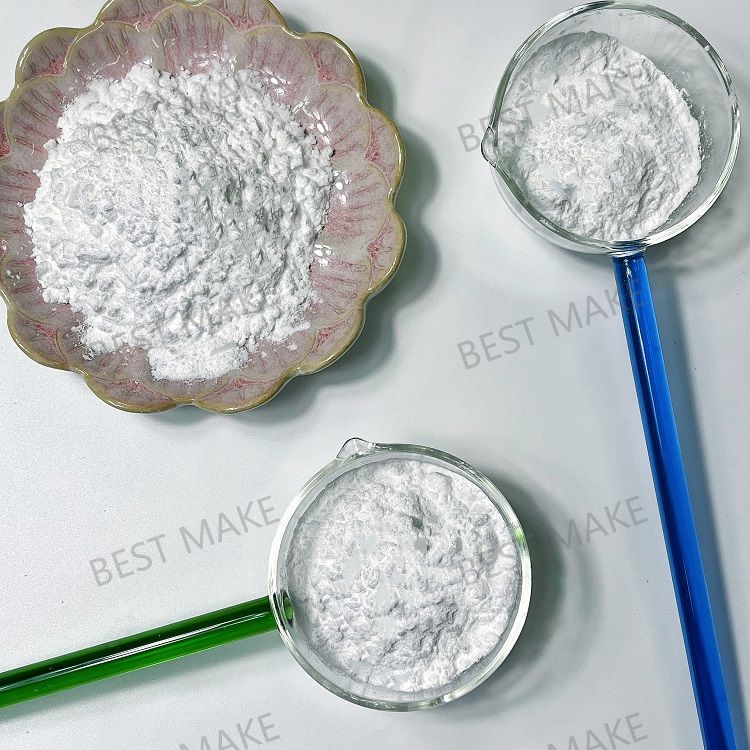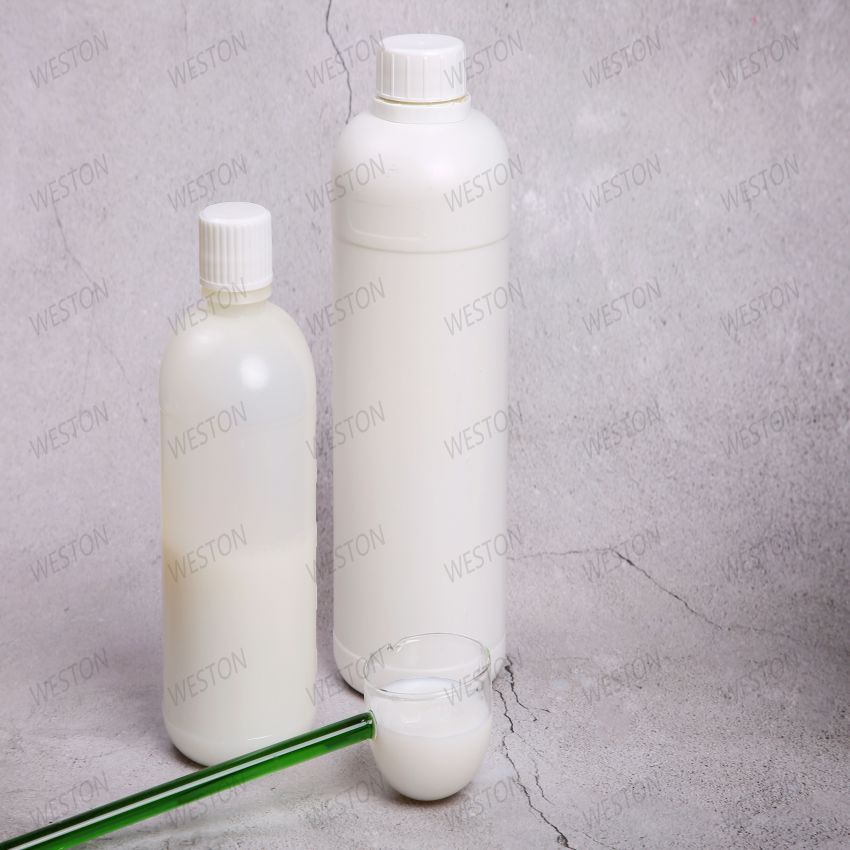-
Categories
-
Pharmaceutical Intermediates
-
Active Pharmaceutical Ingredients
-
Food Additives
- Industrial Coatings
- Agrochemicals
- Dyes and Pigments
- Surfactant
- Flavors and Fragrances
- Chemical Reagents
- Catalyst and Auxiliary
- Natural Products
- Inorganic Chemistry
-
Organic Chemistry
-
Biochemical Engineering
- Analytical Chemistry
- Cosmetic Ingredient
-
Pharmaceutical Intermediates
Promotion
ECHEMI Mall
Wholesale
Weekly Price
Exhibition
News
-
Trade Service
The research on biological aerated filter technology started in China only after the 1990s.
According to the direction of water flow, it is divided into two types: upward flow and downward flow: upward flow is water inflow from the bottom, air and water in the same direction; downward flow Water enters the upper part, and the air and water are reversed
.
Combining the removal effects of various pollutants, the upward-flow biological aerated filter is better than the downward-flow biological aerated filter
According to the difference of influent and filler, the technological forms of biological aerated filter include Biocarbon, Biofor, Biostyr, Colox, DeepBed, BeA, Biosmedi, SAFE, Biopur, Stereau, etc.
, among which the most representative and most used ones are It is Biocarbon, Bioror, Biostyr
.
Biocarbon is an early-developed process form, which has the shortcomings of low load, easy clogging, and short operating cycle.
7.
1.
2.
1 Biostyr type biological aerated filter
Biostyr is a registered process of the French OTV company, named after the use of a new type of lightweight suspended filler-Biostyrene (the main component is polystyrene , and the density is less than 1g/cm 3 )
.
The following takes the Biostyr reactor that removes BOD and SS and has the function of nitrification and denitrification as an example to illustrate its process structure and basic principles
As shown in Figure 7-3, the bottom of the filter is equipped with water inlet and sludge discharge pipes, the middle and upper part is a filler layer, generally 2.
5 ~ 3m thick, and the top of the filler is equipped with baffles to prevent the loss of suspended filler
.
Water outlet filters are evenly installed on the baffle
Figure 7-3 Biostyr type biological aerated filter structure
1—water distribution gallery; 2—filter inlet and sludge; 3—backwash circulation gate: 4—filler; 5—backwash air pipe:
6—process air pipe 7—Aerobic zone; 8—Anoxic zone; 9—Baffle plate; 10—Water outlet filter;
11—Storage and discharge of treated water; 12—Return pump; 13—Water inlet pipe
The reactor runs in cycles, from the beginning of filtration to the completion of backwashing, which is a complete cycle.
The specific process is as follows: After pretreatment, the sewage from which SS is mainly removed is mixed with the effluent from the filter containing nitrification liquid according to a certain reflux ratio, and then passes through the filter.
From the bottom of the filter tank, the water inlet pipe first flows through the anoxic zone of the packing layer
① It is mixed with raw sewage according to the reflux ratio and enters the filter to realize denitrification;
②Exhaust out of the processing system;
③In the case of multiple filter tanks operating in parallel, it can be provided to another filter tank for backwashing water
.
As the filtration progresses, the SS in the filler layer continues to accumulate, the biofilm gradually thickens, and the filtration head loss gradually increases.
Under a certain inlet pressure, the design flow rate will not be guaranteed, and the backwash phase should be entered at this time.
, To remove excess biofilm and SS in the filter bed and restore the processing capacity of the filter
Backwashing adopts alternate air and water backwashing.
The backwashing water is the up-to-standard discharge water stored at the top of the filter tank.
The air required for backwashing comes from the backwashing air pipe at the bottom of the filter tank
.
The recoil regeneration process is as follows:
①Close the inlet water and process air valves;
② Rinse separately with water;
③The air is flushed separately, and then the steps ② and ③ are alternately performed and repeated several times;
④Rinse with water at the end
.
Objectively speaking, the recoil process is basically considered from the regeneration effect.







